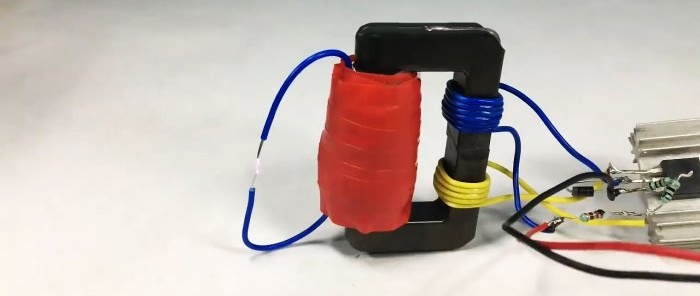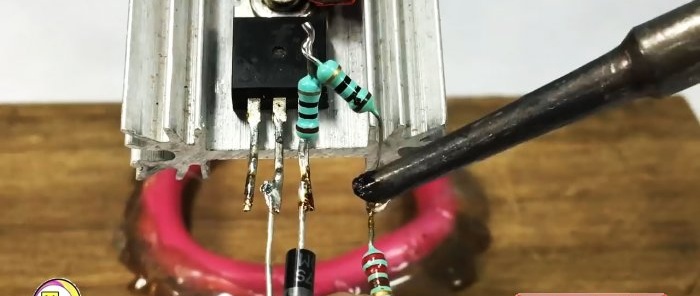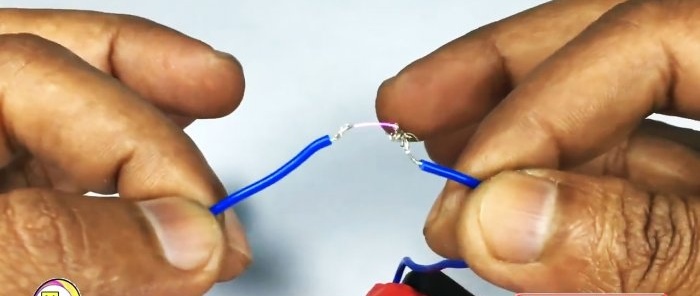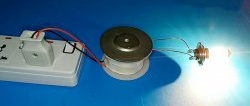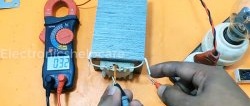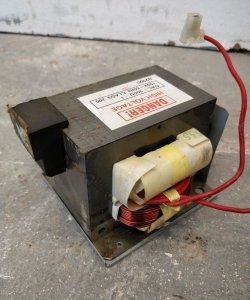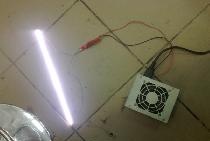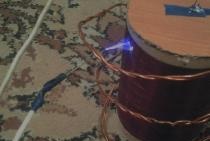Sometimes electronics need high voltage for various purposes. This is not so difficult to do if you make a homemade step-up high-voltage transformer capable of delivering 30 kV from the usual 6 V.
Manufacturing a 30,000 Volt step-up transformer
We will need a collapsible core from an old TV with a picture tube. There it is also used in a high-voltage horizontal scanning transformer.
We make a frame for the reel. We wrap one side with thick paper and glue it with superglue.
We remove the frame from the core and install it on the marker for convenience. Next, wrap it with a layer of tape.
We take a wire 0.2 mm thick, an old transformer will come in handy.
We clean one end of the varnish, wrap it around a wire and solder it.
We insulate with heat shrink. We lay it over the entire length of the frame and wrap it with a layer of tape.
We wind the winding in a row of turns to turns. Each layer is 200 turns.
After each layer we put two layers of tape and one layer of electrical tape.
Such multi-layering is necessary, otherwise the coil will easily be pierced by high voltage.
We wound another 200 turns - we again produce triple insulation.
So there should be 5 layers of 200 turns. The total number, as you probably already calculated, is 1000 turns. We put the coil on the frame.
On the opposite side, two windings are wound with ordinary wire. The first (blue) 6 turns, the second (yellow) 5 turns. Fix with superglue.
Generator circuit
Here is a classic blocking oscillator circuit using one transistor. It couldn't be simpler. We assemble a circuit using a bipolar transistor.
The generator requires virtually no setup. And if the parts are in good condition, it works right away. But if only the generation did not start the first time, try changing the output of one of the windings with each other, then everything should work.
High voltage transformer testing
We power the circuit from a 6 V battery. The high-voltage generator is in operation.
The arc fell on the insulation and immediately almost ignited it.
The generation frequency is about 10-15 kHz. At this frequency, high-voltage discharges are not so dangerous, but you still should not touch live wires while the transformer is operating.
